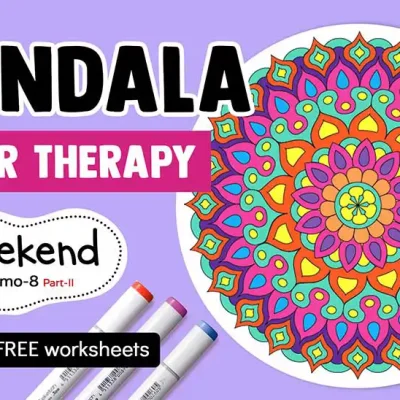
End of Content.
End of Content.
In this video, we will explore some basic pencil drawing techniques, focusing on pencil shading methods. There are 10 different techniques commonly used in pencil drawing, and we’ll go through each one step by step.
Hatching is a shading technique where parallel lines are drawn closely together to create tonal values. The closer the lines are to each other, the darker the shade. It’s a simple yet effective way to depict light and shadow in a drawing.
Cross-hatching involves layering sets of parallel lines in different directions. This technique adds more depth and complexity to the shading, and by varying the spacing and direction of the lines, you can control the intensity of the shading.
Contour shading follows the natural curves and edges of the subject. It mimics the form of the object, using lines that reflect its shape. This method helps create a sense of volume and three-dimensionality.
Cross contour lines are similar to contour lines, but they cross over one another. This technique follows the surface of the object in a more dynamic way, enhancing the sense of depth and three-dimensional form.
Smudging involves using a tool, like a blending stump or your finger, to blur and soften pencil strokes. This method creates smooth transitions between light and dark areas and is great for achieving a more realistic, soft shading effect.
Circulism is a technique where small circular strokes are used to build up shading. This technique helps to create smooth transitions and blends in the shading, often giving the drawing a more refined, organic look.
Short dashes are quick, short pencil strokes that can be used to create texture or add depth. By varying the length and direction of the dashes, you can create different effects like fabric texture or a rough surface.
Stippling is a technique where small dots are used to create shading. The density and arrangement of the dots determine how light or dark an area appears. This method requires patience but can yield highly detailed and precise results.
Scribbling is a looser, more expressive technique where chaotic, curved, or irregular lines are used to create texture and shading. It’s a more spontaneous and abstract way to fill in areas of your drawing.
The “Choice” technique refers to using any combination of the above methods that best suit the artist’s vision. It allows flexibility and creativity in applying the most appropriate shading technique depending on the style and subject of the drawing.
In this video, we will explore some basic pencil drawing techniques, focusing on pencil shading methods. There are 10 different techniques commonly used in pencil drawing, and we’ll go through each one step by step.
Hatching is a shading technique where parallel lines are drawn closely together to create tonal values. The closer the lines are to each other, the darker the shade. It’s a simple yet effective way to depict light and shadow in a drawing.
Cross-hatching involves layering sets of parallel lines in different directions. This technique adds more depth and complexity to the shading, and by varying the spacing and direction of the lines, you can control the intensity of the shading.
Contour shading follows the natural curves and edges of the subject. It mimics the form of the object, using lines that reflect its shape. This method helps create a sense of volume and three-dimensionality.
Cross contour lines are similar to contour lines, but they cross over one another. This technique follows the surface of the object in a more dynamic way, enhancing the sense of depth and three-dimensional form.
Smudging involves using a tool, like a blending stump or your finger, to blur and soften pencil strokes. This method creates smooth transitions between light and dark areas and is great for achieving a more realistic, soft shading effect.
Circulism is a technique where small circular strokes are used to build up shading. This technique helps to create smooth transitions and blends in the shading, often giving the drawing a more refined, organic look.
Short dashes are quick, short pencil strokes that can be used to create texture or add depth. By varying the length and direction of the dashes, you can create different effects like fabric texture or a rough surface.
Stippling is a technique where small dots are used to create shading. The density and arrangement of the dots determine how light or dark an area appears. This method requires patience but can yield highly detailed and precise results.
Scribbling is a looser, more expressive technique where chaotic, curved, or irregular lines are used to create texture and shading. It’s a more spontaneous and abstract way to fill in areas of your drawing.
The “Choice” technique refers to using any combination of the above methods that best suit the artist’s vision. It allows flexibility and creativity in applying the most appropriate shading technique depending on the style and subject of the drawing.



We specialize in crafting a diverse range of worksheets, including Drawing worksheets, Mandala worksheets, Coloring pages, Kids activity sheets and Drawing video tutorials.
© 2025 vaareesaa.com